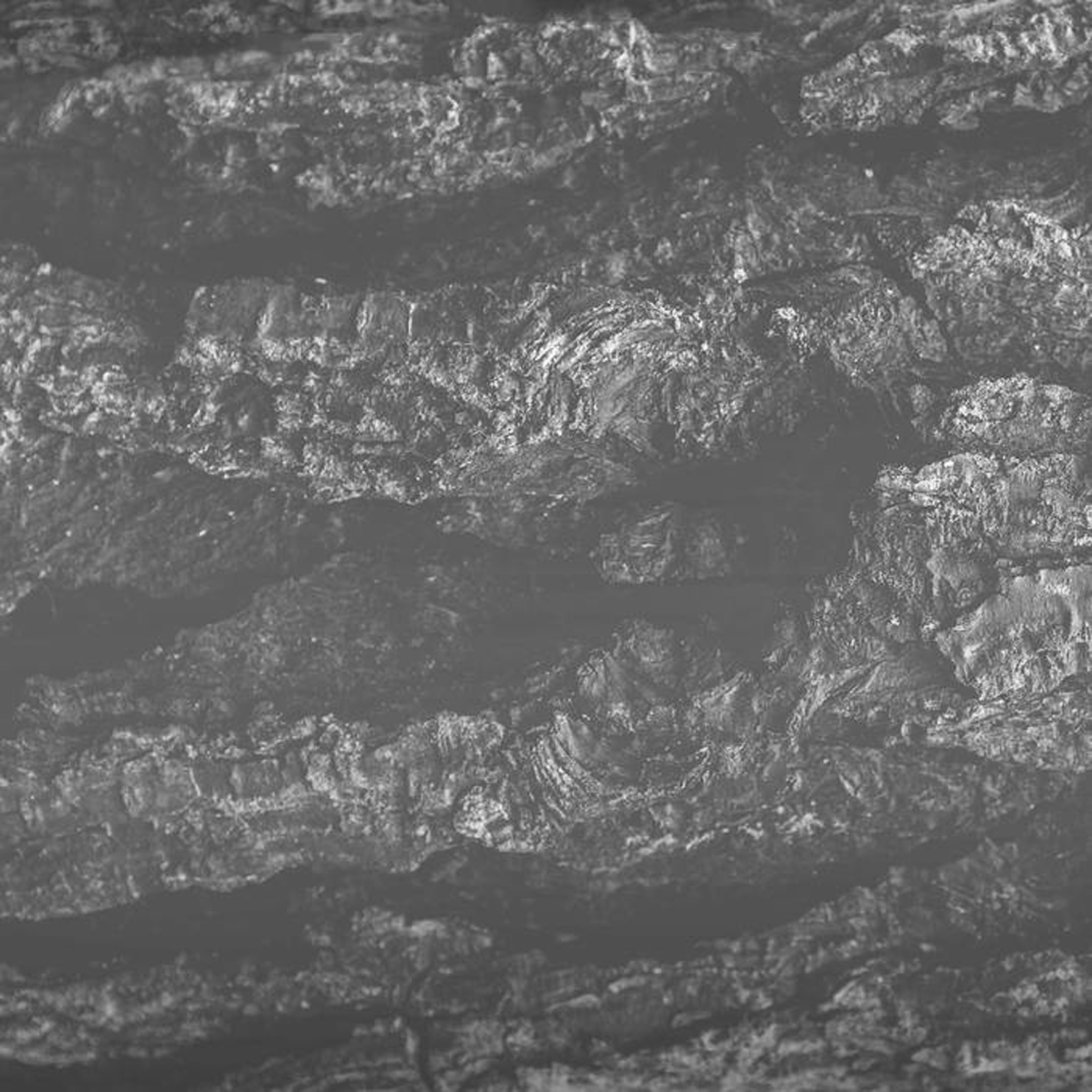 Hot on the heels of the seismic sine-wave experimentation of Front Variations, this pair of EPs rounds out Richard Skelton's prolific winter with a welcome return to more familiar territory. Both intended as accompaniments to his most recent book of poetry (Dark Hollow Dark), the two releases take differing themes as inspiration, but both paths ultimately lead to strong, slow-burning drone pieces. Of the two, the darker and more primal Another Hand is the more powerful and fully realized work. Together, the releases complement each other beautifully to form an extremely satisfying and haunting diptych.
Hot on the heels of the seismic sine-wave experimentation of Front Variations, this pair of EPs rounds out Richard Skelton's prolific winter with a welcome return to more familiar territory. Both intended as accompaniments to his most recent book of poetry (Dark Hollow Dark), the two releases take differing themes as inspiration, but both paths ultimately lead to strong, slow-burning drone pieces. Of the two, the darker and more primal Another Hand is the more powerful and fully realized work. Together, the releases complement each other beautifully to form an extremely satisfying and haunting diptych.
It is difficult to imagine a Richard Skelton release these days that does not have a thoughtful conceptual inspiration rooted in either arcane antiquarianism or regional geologic history.In this case, Another Hand is explicitly indebted to the former, though it is not a great leap to see how Skelton's fascination with latter might lead to the same place.More specifically, this EP blossomed forth from a notation in the only extant original manuscript of Sir Gawain and the Green Knight.The notation addresses a word that is "rewritten, over stain, in another hand … in darker ink over another letter."That unintentionally evocative series of words became something of a guiding force for Skelton as he worked on the piece, triggering some deep reflection on how our own stories may be overwritten by "unknown - and possibly supernatural - agencies."That phrase also inspired the artwork within Dark Hollow Dark, as Skelton wrote over handwritten texts from a previous book (The Look Away), erasing their original meaning and transforming them into a dense and enigmatic tapestry of layered symbols.
Such a process of accretion obviously mirrors the changing landscapes of the earth and provides a winning template for making great drone music, provided the artist has a good ear for loop architecture and an even better intuition for pacing.Skelton has both, of course, and employs those talents to wonderful effect on this twenty-four-minute piece.Opening with just a simple foundation of deep, repeating throbs, "Another Hand" quietly blossoms into a melancholy dream-spell of layered and undulating string drones.It steadily accumulates further mass and texture as it unfolds, which is enough to make it a solid example of standard Skelton drone fare if that was all it offered.Happily, however, he had considerably more compelling plans, as the drones gradually start to become subsumed by a ghostly repeating howl around the piece's halfway point.That is the piece's only real transformation, but the half-grinding/half-spectral beauty of the new motif is more than enough to make "Another Hand" a wonderfully heavy and visceral piece.Characteristically, Skelton stays true to his thematic conceit to the very end, as the coda that remains after all the howling fades away feels like a newly bell-like resurrection of the opening motif.Perfect symmetry.

A Great Body Rising and Falling also has some literary roots beyond its ties to Dark Hollow Dark, though they are a bit more modest this time around.Rather than looking to an ancient manuscript from the collection of Sir Robert Bruce Cotton, Skelton finds inspiration in his own words–specifically a passage from The Look Away.It is a somewhat lengthy passage, but the crux is "…even then I feel movement.Not the dull workings of my body, but something greater.It is another body, massive and restless, shifting beneath me."The greater "something" in the original quote refers specifically to the hidden and not-so-hidden movements within the streams and hills that surrounded Skelton at the time, but it is certainly evocative and poetic to contemplate even deeper and more unknown forces at work.Naturally, Skelton does exactly that here, using the piece to abstractly explore the possibility of "sentience within the apparently inanimate."
Read More

